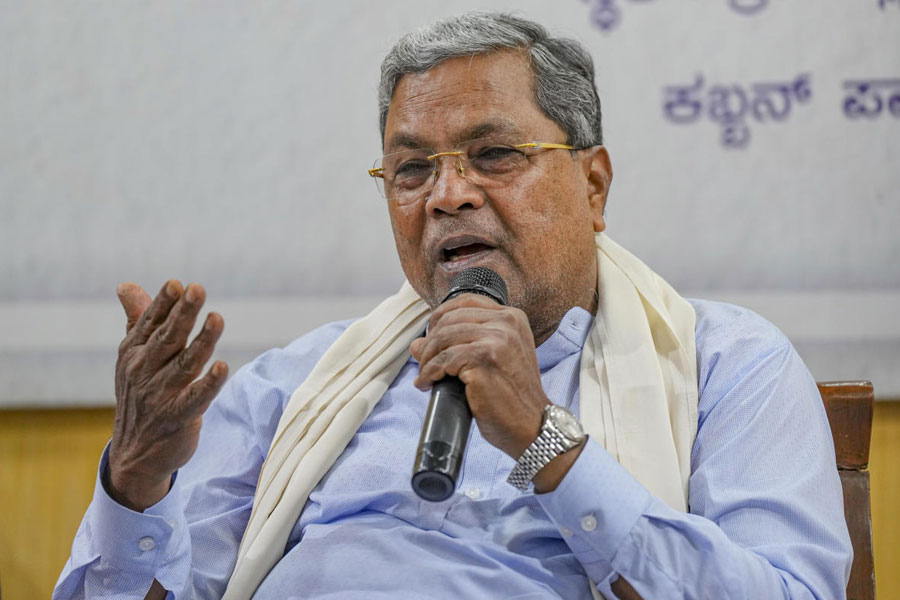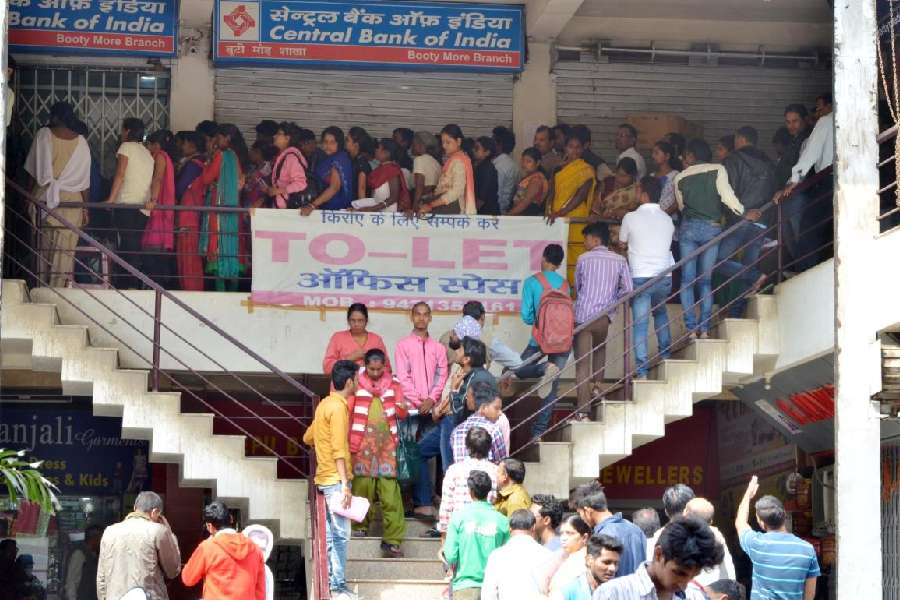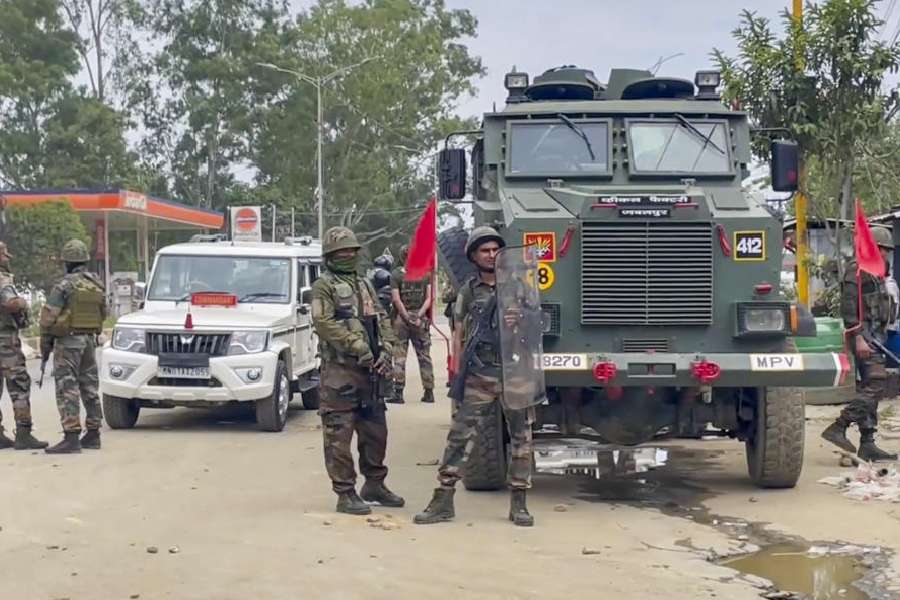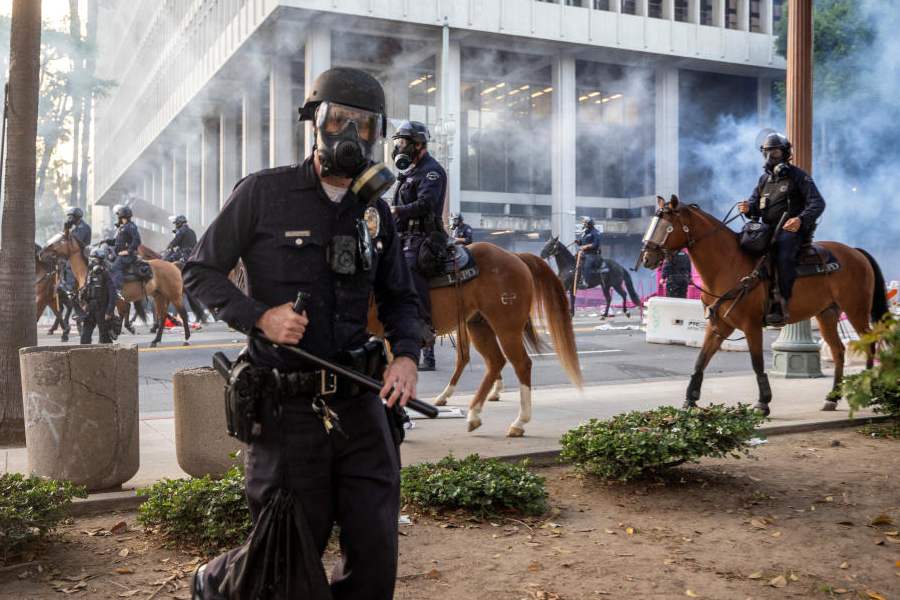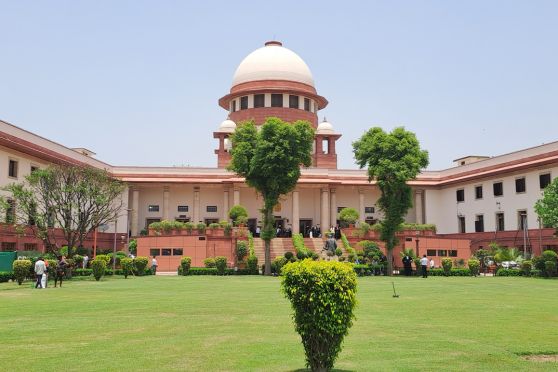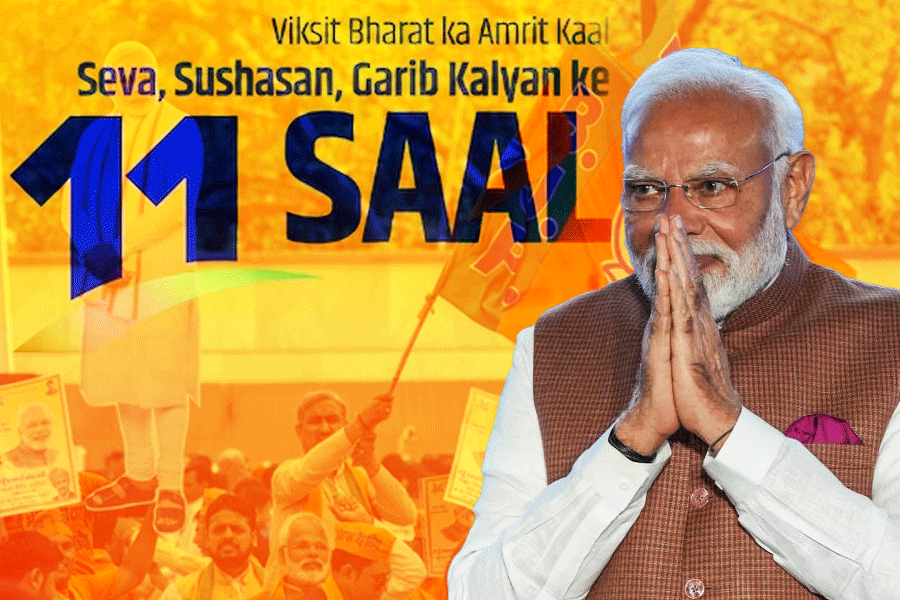 |
If one were living in more sensible times and place, Albert Ekka would have been a youth icon, not just a statue standing as a mute spectator at Ranchi’s busiest chowk — the Albert Ekka Chowk, named after him.
Only 29 years old when he fell martyr at the battle of Hilli during the 1971 Indo-Pak war, Albert is the first Indian Christian to win the Param Vir Chakra, which he was awarded posthumously. Born on 27 December, 1942, in a village called Zari in Gumla district, Albert could be the perfect icon for the youth of the state, which is desperately in need of such figures it could look up to for inspiration.
Sure, there is Albert’s statute standing most imposingly at the chowk, a very busy chowk, where thousands come and go every hour of the day, but one wonders how many look up to it, even if just to check out if it is at least being cleaned and being given the honour it deserves.
Sure, almost every other day one hears of groups of protesters, political or otherwise, assembling under this statue of Albert Ekka. Thanks to such assemblies, one hears the name Albert Ekka Chowk reported very often in the media . But one wonders how many of those who assemble at that spot, or those who read of it the next morning, know the story of this young man who walked bravely into the arms of death, who, had he wanted, could well have walked out without a sense of guilt or neglect of duty.
The Battle of Gangasagar
The story of what happened on December 4, 35 years ago, in 1971 — when Albert kept walking further into the line of fire, even though he was already seriously injured — at the end of which Albert earned glories which usually go the way of those higher up the ranks — is a stirring tale.
Albert, a Lance Naik during the 1971 war, had enrolled in the 14 Guards of the Indian Army in December 1962 as a young man of 20.
On the first day of the battle of Hilli, 14 Guards were assigned the job of capturing a Pakistani military position near Gangasagar, an area west of Agartala. Considered important for capturing Akhaura (now in Bangladesh), this assignment had strategic importance.
The attack was planned to be launched at four o’ clock, the dawn of December 4, 1971. Lance Naik Ekka went with the left forward company of a battalion of Brigade of Guards.
But the assignment was not an easy one. The Pakistani position was well fortified and strong. During their attack the Indians faced heavy shelling and intense small arms firing. Still, they continued advancing towards their target, engaged in a close, fierce battle with the enemy. The assault group, with Ekka as one of its members, was pinned down by a light machine gun (LMG) fired from a Pakistani bunker. Risking his life, Ekka went forward and charged his bayonet on two enemy soldiers and silenced the LMG. Though wounded, Ekka kept advancing with his comrades, clearing enemy bunkers spread across about a mile. When they were almost near their target, a medium machine gun (MMG) suddenly started firing at them from a well-fortified double-storied building.
Inflicting heavy casualties on the Indians, the MMG was holding up their progress. Albert could have stayed where he was, but that’s not what heroes do.
Realising that casualties would be too much if the MMG was not silenced, Ekka took the lead once again. He crawled toward the building in complete disregard to his own safety.
Surrounded by death, Albert charged a grenade into a bunker inside the premises. Though it killed an enemy soldier and injured another, the MMG kept on firing on the Indians. Ekka then scaled a side wall, entered the building and bayoneted the Pakistani soldier operating the MMG.
A young man of 29 had achieved the mission impossible, and turned around the fate of the battle in their favour. Gangasagar was captured. The fall of Gangasagar threatened the rear of the Pakistani formation and Akhaura was vacated eventually and Ekka was brought home dead, but a hero. Just the kind who could perhaps inspire the youth into action today.
Standing tall, inspiring awe...
Perhaps that is what was hoped would happen when the statue of Albert was installed by the Central Coalfields Limited at Firayalal Chowk, 14 years after his death in 1985.
Perhaps that was what was hoped again when on the occasion of the 50th Republic Day, the postal department issued a special stamp in his honour.
One cannot be sure but perhaps he does inspire at least a few, who pass by and who happen to look at his bronze statue perched high above and look with awe at his smartly uniformed, confident stature, armed with an assault rifle fitted with a bayonet. Ready to take on the world.
If only the world was ready for him, too, whom the Param Vir citation had honoured by saying: “Though seriously wounded in the encounter, he continued to fight alongside his comrades through the mile deep objective, clearing bunker after bunker with undaunted courage.”
It’s a story that deserves to live on.


